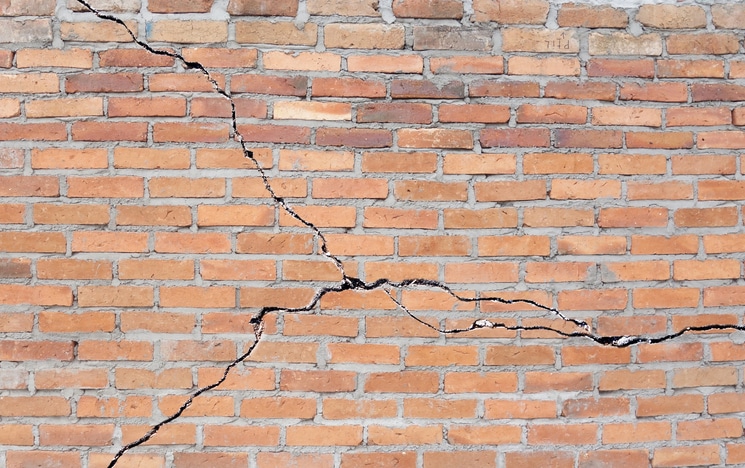Is your home’s foundation giving you problems? Knowing some basic facts about the repair process can help you to understand what went wrong and how to make it right. Here are three foundation repair facts you need to know.
Fact Number One: It Starts With the Soil
Every type of soil poses a particular set of risks to a home’s foundation. For example, soil that’s wet and sandy is prone to erosion, while soil that’s dry and tightly packed can shift and contract.
Even soil that’s lush and fertile can threaten your home, especially if it supports the growth of aggressive root systems that cause holes and cracks in your foundation.
That’s why here at Align Foundation Repair, we begin every job by carefully analyzing the soil around the home’s perimeter. Determining what caused the problem in the first place helps us to arrive at the best possible solution. This leads us to our second important fact.
Fact Number Two: There’s No “One Best Way” to Fix a Home’s Foundation
There is no one-size-fits-all solution to foundation repair. Depending on the specific factors contributing to your home’s foundation issues, our technicians may recommend any of the following repair techniques:
- Concrete pressed piers – This approach uses a series of reinforced concrete cylinders buried underneath the home to level and support the foundation. It’s effective, affordable, and highly resistant to water damage.
- Steel pilings – This method uses ultra-strong, corrosion-resistant steel inserts to bear the weight of the home. It’s a good option for situations in which the underlying soil is weak or prone to erosion.
Most of our foundation repair company services are backed by our exclusive warranty, so you can have peace of mind and full confidence in the results.
Fact Number Three: Proper Drainage Is Essential for a Strong Foundation
In many cases, a sinking foundation is caused not by structural failure but by poor drainage. That’s why we offer drainage system installation alongside our other services.
Depending on your needs, we may recommend one or more of the following solutions:
- Installing gutter downspout extensions – to carry rainwater away from your foundation.
- Grading and contouring your land – to ensure proper water flow towards a central collection point, such as a pond, stream, or city sewer system.
- Installing surface drains – to eliminate swampy conditions and other problems caused by standing water.
Now that you know some basic facts about foundation repair services, we invite you to give us a call to schedule your free inspection and quote. Our Dallas foundation repair service area list is extensive, and we serve the entire DFW region.





